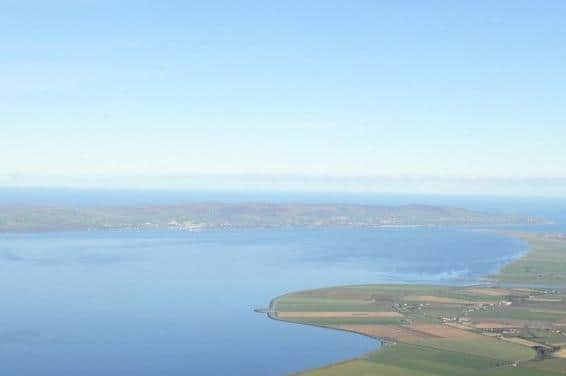700 acres of grassland better at carbon storage than rainforest identified at Lough Foyle
and live on Freeview channel 276
Edwin Poots, the environment minister, said miles of seagrass and saltmarsh along the eastern shore of Lough Foyle, have been identified by his department as important blue carbon habitats.
The seagrass - estimated to be 35 times more efficient at sequestering carbon than the rainforests - is located between Donnybrewer and Magilligan Point.
Advertisement
Hide AdAdvertisement
Hide Ad"The coastal area of the East Londonderry constituency is important for blue carbon habitats," said Mr. Poots. "There are extensive intertidal seagrass beds extending from the City of Derry airport to Bellarena.


"The extent is 218 hectares and the condition of the seagrass beds was assessed in 2014, 2017 and 2018 as being ‘High status’, which indicates there has been no detected change in abundance or extent due to anthropogenic activities. A survey was undertaken in 2021 and an updated assessment will be published later this year."
The Lough Foyle salt marsh stores carbon 40 times faster than the tropical rainforest but it is under threat from an invasive species of cordgrass, Mr. Poots pointed out.
"Lough Foyle also hosts important saltmarsh habitats in the Ballykelly area and the Roe estuary. The extent is 62 hectares and was assessed in 2004, 2010 and 2016 as being in ‘unfavourable condition’ due to the presence of the invasive species Spartina," said the minister.
Advertisement
Hide AdAdvertisement
Hide AdSteps have already been taken to develop protection measures for blue carbon habitats.
Mr. Poots said: "The Department has also been undertaking Spartina control measures in Lough Foyle and other saltmarsh areas in Northern Ireland. However the condition of saltmarsh in Lough Foyle has not improved despite these efforts and therefore the Spartina control programme will need to be reviewed.
"To help to protect and restore blue carbon habitats, I recently announced the development of a blue carbon action plan for Northern Ireland and this will include the co-development of protection measures through stakeholder focus groups."
